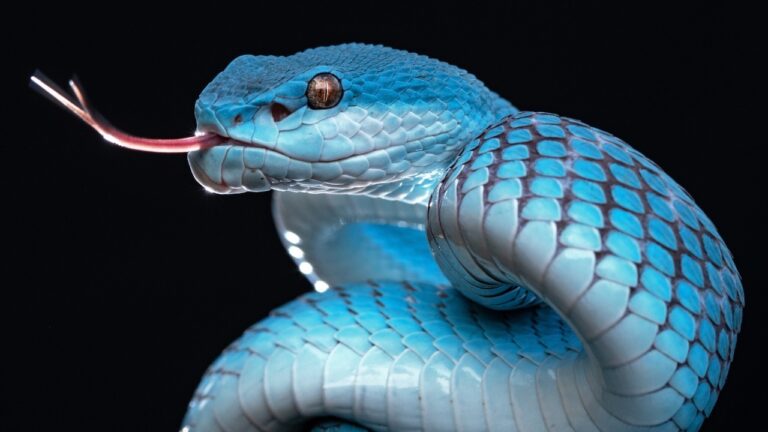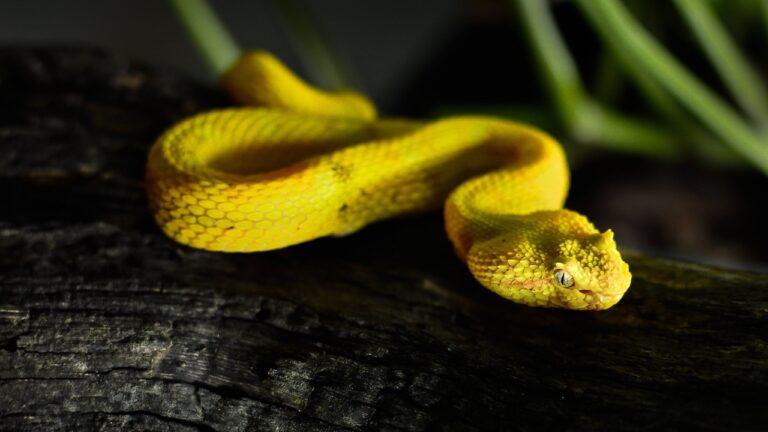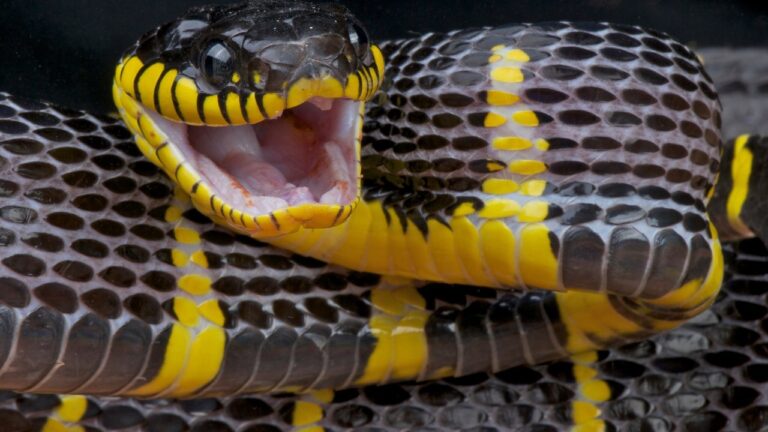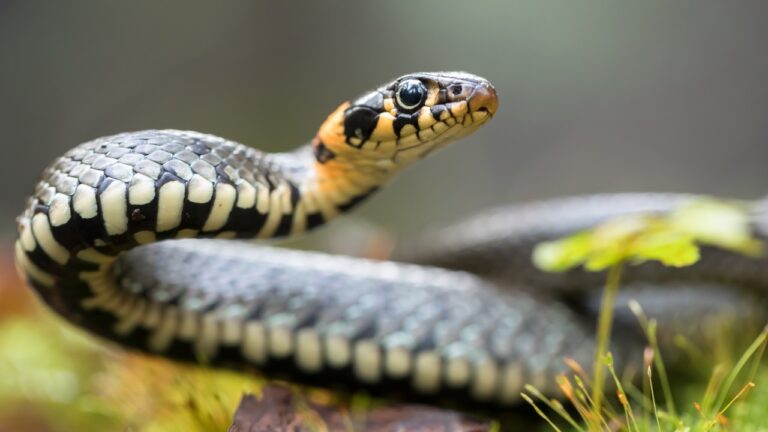Avoiding Snake Feeding Mistakes: Optimal Schedules & Plans
Importance of proper snake feeding
When it comes to keeping a pet snake, ensuring proper feeding is essential for their overall health and wellbeing. Feeding is not just about providing sustenance to these fascinating creatures; it plays a crucial role in maintaining their physiological and behavioral needs. A well-balanced and carefully planned snake feeding routine is key to preventing a range of complications that can arise from common feeding mistakes.
Snakes are unique creatures with specific dietary requirements, and their feeding habits can vary depending on the species. It is important for snake owners to educate themselves about the intricacies of snake feeding to ensure their pets receive the nutrition they need to thrive.
In this article, we will explore the significance of proper snake feeding and delve into the most common mistakes that snake owners often make. We will then provide valuable insights into optimal snake feeding practices and address some frequently asked questions regarding this topic.
Understanding the importance of proper snake feeding is the first step towards being a responsible snake owner. By providing your snake with the right diet, you are not only ensuring their physical health but also promoting their natural feeding behavior. So, let’s dive into the fascinating world of snake feeding and discover the best ways to keep these captivating creatures nourished and content.
Common Snake Feeding Mistakes
When it comes to feeding your beloved snake, it’s crucial to avoid some common mistakes that could potentially harm their health and well-being. By understanding and sidestepping these pitfalls, you’ll ensure that your scaly friend thrives in their environment. Let’s take a closer look at some of the most prevalent snake feeding mistakes and how to avoid them.
Overfeeding
One of the most common mistakes snake owners make is overfeeding their slithery companions. While it’s natural to want to spoil them with food, providing excessive meals can lead to obesity and other health issues. Snakes have a slow metabolism, and their bodies are designed to handle long periods between meals. Therefore, it’s essential to resist the temptation to offer food too frequently. Following a proper snake feeding schedule will help you strike the right balance.
Inconsistent Feeding Schedule
Another mistake that can disrupt your snake’s feeding routine is an inconsistent schedule. Snakes thrive on predictability, and irregular feeding patterns can cause stress and confusion. By adhering to a consistent snake feeding routine, you establish a sense of stability for your reptilian companion. This regularity not only helps them anticipate mealtime but also supports their overall snake feeding behavior.
Feeding Live Prey
Feeding live prey to your snake may seem like an exciting way to simulate their natural hunting instincts. However, it can actually pose risks to both your snake and the prey itself. Live prey can fight back and injure your snake, leading to potential infections or even death. Additionally, live prey can carry parasites or diseases that can be transmitted to your snake. To ensure the safety of your pet, it is recommended to switch to frozen/thawed prey, which offers the same nutritional value without the risks associated with live prey.
Incorrect Prey Size
Choosing the right prey size is vital for your snake’s health. Offering prey that is too large can cause digestion problems and even lead to regurgitation. Conversely, prey that is too small may not provide sufficient nutrition. To determine the optimal prey size, you can refer to a snake feeding chart or consult a snake feeding guide. These resources will help you select prey that is appropriate for the size and species of your snake.
Handling During Feeding
While it may be tempting to interact with your snake during mealtime, it is generally best to avoid any handling. Snakes are solitary creatures and prefer to eat in peace. Disturbing them during feeding can cause stress and affect their appetite. It is important to create a calm and quiet environment to allow your snake to focus on consuming their meal without any distractions.
By being aware of these common snake feeding mistakes and taking the necessary precautions, you can ensure that your scaly companion enjoys a healthy and nourishing diet. Remember, a well-fed snake is a happy snake!
Continue reading the snake feeding tips to learn about optimal snake feeding practices that will help you establish a harmonious feeding routine for your slithering friend.
Optimal Snake Feeding Practices
When it comes to feeding your snake, there are a few key practices that can help ensure their health and well-being. By following these guidelines, you can provide your slithery friend with the nutrition they need while minimizing potential risks. Let’s delve into the optimal snake feeding practices that every snake owner should know.
Determining the Right Feeding Schedule
Establishing a proper feeding schedule is crucial for maintaining your snake’s health. While each snake species has different dietary needs, a general rule of thumb is to feed adult snakes once every 1-2 weeks and juvenile snakes every 4-7 days. However, it’s important to remember that these are just guidelines. Factors such as the snake’s age, size, and metabolism play a role in determining the frequency of their meals.
To determine the right feeding schedule for your snake, it’s essential to understand their feeding habits and observe their body condition. If you notice your snake becoming overweight or underweight, it may be necessary to adjust their feeding frequency accordingly. For a more detailed guide on snake feeding schedules, you can refer to our snake feeding chart.
Choosing the Right Prey Size
Selecting the appropriate prey size is another crucial aspect of snake feeding. Offering prey that is too large can lead to digestive issues or even regurgitation, while prey that is too small may not provide sufficient nutrition. It’s important to choose prey that is proportional to your snake’s size and capable of being swallowed without difficulty.
To determine the right prey size, consider the diameter of your snake’s body at its widest point. The prey item should be approximately the same width or slightly larger than this measurement. For more detailed information on choosing the right prey size, our snake feeding guide can provide valuable insights.
Switching to Frozen/Thawed Prey
Feeding live prey to snakes can be risky and potentially harmful to both the snake and the prey. Live prey can inflict injuries on your snake, and there is always the possibility of the prey fighting back and causing harm. Additionally, live prey may carry parasites or diseases that can be transmitted to your snake.
Switching to frozen/thawed prey is a safer alternative. Frozen rodents, such as mice or rats, are readily available from reputable pet stores and can be safely stored in your freezer. Thawed prey can be warmed to room temperature before feeding, making it a convenient and safe option for your snake. For more information on the benefits of frozen/thawed prey and how to make the switch, check out our article on snake feeding habits.
Minimizing Stress During Feeding
Snakes are sensitive creatures, and stress can have a significant impact on their overall well-being. To minimize stress during feeding, it is essential to create a calm and quiet environment for your snake. Find a secluded area where your snake feels secure and comfortable.
Avoid handling your snake during feeding time, as this can cause stress and potentially disrupt their feeding behavior. For more tips on minimizing stress during feeding and maintaining a healthy feeding routine, our article on snake feeding tips provides valuable insights.
By implementing these optimal snake feeding practices, you can ensure that your scaly companion receives the nutrition they need while minimizing the risk of complications. Remember to always observe your snake’s behavior and body condition to make adjustments to their feeding routine as necessary. With the right feeding schedule, prey size, and feeding methods, you can keep your snake happy and healthy for years to come.
Snake Feeding FAQs
As a responsible snake owner, it’s natural to have questions about how to properly feed your slithery companion. In this section, we will address some of the most frequently asked questions regarding snake feeding. So let’s dive in and find the answers you’ve been seeking!
How often should I feed my snake?
The frequency of snake feeding depends on several factors, such as the species, age, and size of your snake. To determine the optimal feeding schedule for your snake, it’s essential to understand its natural feeding behavior. For example, larger snakes may only require a meal every few weeks, while smaller snakes may need to eat more frequently.
To simplify this process, it is advisable to consult a snake feeding chart or guide specific to your snake’s species. These resources often provide valuable insights into the feeding habits and routines of different snake species. Additionally, they can help you establish a consistent feeding schedule that promotes your snake’s health and well-being.
Can I feed my snake different types of prey?
While some snake species are picky eaters, many others are opportunistic feeders and can consume a variety of prey items. Offering your snake a diverse diet can help ensure it receives the necessary nutrients for proper growth and development. However, it’s crucial to be mindful of the prey’s size and nutritional value.
When introducing different types of prey, always consider the size of the prey in relation to your snake’s mouth. Choosing prey that is too large can lead to regurgitation or other digestive issues. On the other hand, prey that is too small may not provide sufficient nutrition for your snake.
If you’re unsure about the suitability of a particular prey item, it’s best to consult a snake feeding expert or refer to a reputable snake feeding resource. They can provide valuable insights into the appropriate prey types for your snake’s species and size.
What should I do if my snake refuses to eat?
It’s not uncommon for snakes to go through periods of appetite loss or refuse to eat altogether. This behavior can be attributed to various factors, including stress, shedding, illness, or environmental changes. If your snake refuses to eat, it’s essential not to panic and take a proactive approach to address the issue.
First and foremost, ensure that the husbandry conditions are optimal for your snake. This includes providing a suitable enclosure, appropriate temperature and humidity levels, and a stress-free environment. Maintaining a consistent snake feeding routine can also help alleviate any potential feeding problems.
If your snake continues to refuse food, it may be necessary to seek professional advice from a reptile veterinarian. They can conduct a thorough examination and help diagnose any underlying health issues that may be affecting your snake’s appetite. Remember, the well-being of your snake should always be your top priority.
By understanding the frequency of feeding, the variety of prey options, and how to address feeding refusals, you can ensure that your snake’s nutritional needs are met while promoting its overall health and happiness.
Conclusion
In conclusion, it is crucial to understand the importance of proper snake feeding in order to ensure the health and well-being of your slithering companion. By avoiding common snake feeding mistakes and following optimal feeding practices, you can provide your snake with a nutritious diet while minimizing stress and potential health issues.
Overfeeding is a common mistake that can lead to obesity and other health complications in snakes. It is important to establish a feeding schedule that is appropriate for your snake’s species and age, taking into consideration factors such as size and metabolism. Inconsistent feeding schedules can also disrupt the snake’s digestion and cause unnecessary stress.
Feeding live prey to snakes is another mistake that should be avoided whenever possible. Not only does it put the snake at risk of injury from the prey’s defense mechanisms, but it can also lead to behavioral issues and a dependence on live prey. Switching to frozen/thawed prey is a safer and more convenient alternative that provides the necessary nutrients for your snake’s diet.
Choosing the right prey size is essential for the snake’s overall health. Prey that is too large can cause digestion problems, while prey that is too small may not provide sufficient nutrition. It is important to consider the size of your snake’s head and body when selecting the appropriate prey size.
Handling snakes during feeding should be avoided as it can cause stress and disrupt the feeding process. Snakes are solitary creatures that prefer privacy during feeding. Minimizing stress and creating a calm environment can help ensure a successful feeding experience.
In the snake feeding FAQs section, we have addressed some of the common questions that snake owners may have. From determining the frequency of feedings to dealing with refusal to eat, we have provided answers and guidance to help you navigate any challenges that may arise.
Remember, maintaining a proper snake feeding routine is crucial for their overall well-being. If you need further guidance, be sure to refer to our comprehensive snake feeding guide and snake feeding schedules for additional tips and advice.
By following these optimal snake feeding practices, you can ensure that your scaly friend stays healthy, happy, and satisfied. So, go ahead and embark on this exciting journey of understanding the fascinating world of snake feeding behavior.







